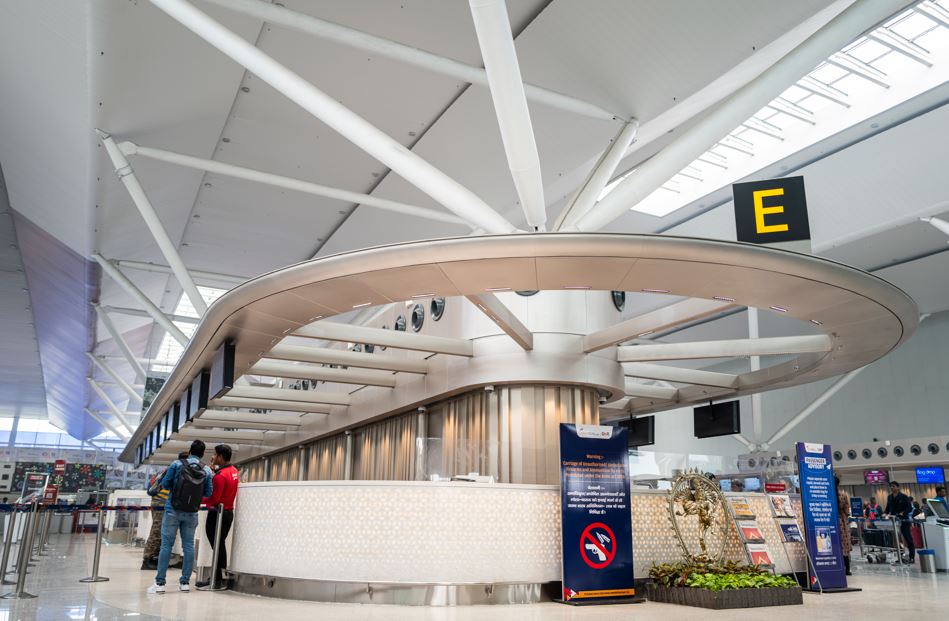
As infrastructure projects grow increasingly complex, project managers, engineers, and stakeholders are turning to innovative solutions to streamline execution, boost efficiency, and minimize risks. Among the most transformative approaches gaining traction today is the Digital Twin — a concept that’s moving far beyond the realm of tech buzzwords and into the heart of modern infrastructure development.
A Digital Twin is much more than a 3D model or digital replica. It is a living, evolving digital representation of a physical infrastructure asset. Continuously updated with real-time data from sensors, equipment, and control systems, a Digital Twin offers actionable insights into an asset’s performance, condition, and behavior.
Unlike static Building Information Modeling (BIM), a Digital Twin evolves through the entire asset lifecycle — integrating design intent, construction progress, operational data, environmental inputs, and maintenance history into one dynamic ecosystem.
A true infrastructure-focused Digital Twin is built on four foundational pillars:
As the industry adopts Digital Twin technologies, workforce strategy becomes crucial. Diploma Engineer Trainees (DETs) — compared to Graduate Engineer Trainees (GETs) — tend to stay longer in operational roles, providing continuity and hands-on expertise required for data-driven systems. Their training aligns well with maintenance, field analytics, and system calibration - critical areas for Digital Twin accuracy and performance.
While the benefits are substantial, implementing Digital Twins at scale demands addressing key challenges:
The infrastructure sector is under pressure to deliver assets that are durable, efficient, and climate-resilient. In this context, Digital Twins aren’t just a digital innovation—they are a strategic necessity. Their growing relevance in smart cities, sustainable airports, and urban mobility systems signals a shift from reactive management to proactive, predictive, and performance-oriented infrastructure development.
"Digital Twins are redefining how we conceive, construct and care for infrastructure by turning static data into living intelligence. Their ability to simulate real-time performance, anticipate failures and optimize maintenance not only drives operational efficiency but also enhances long-term asset value. Especially in the context of smart cities and climate-resilient infrastructure, Digital Twins offer a powerful convergence of engineering precision and data-driven foresight. However, unlocking their full potential demands a unified digital ecosystem, robust data governance and a skilled workforce that can interpret and act on the insights they generate."
Need support implementing Digital Twins in your infrastructure project?
Email: Rohitkumar.Singh@gmrgroup.in
Contact: +91 97171 99753
If you need any services, drop us a mail at Rohitkumar.Singh@gmrgroup.in or get in touch with us at +919717199753.